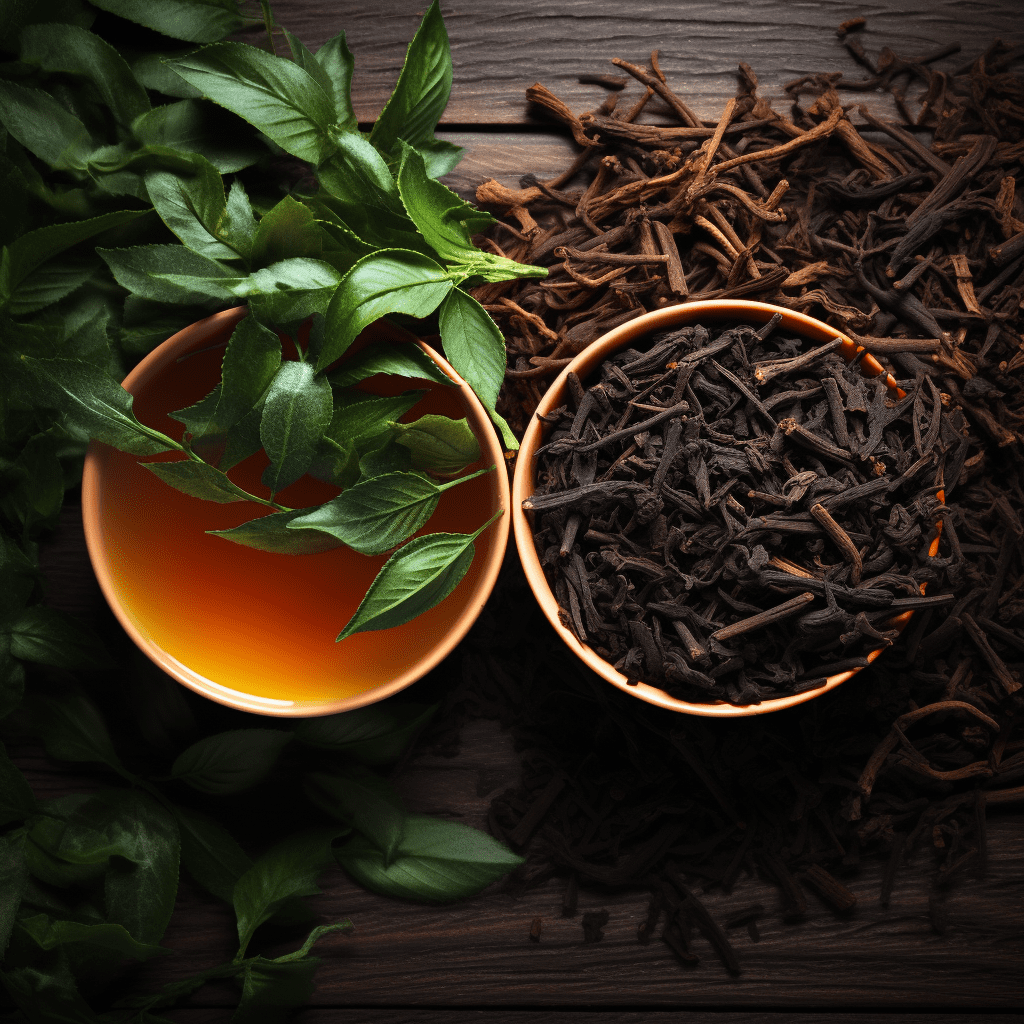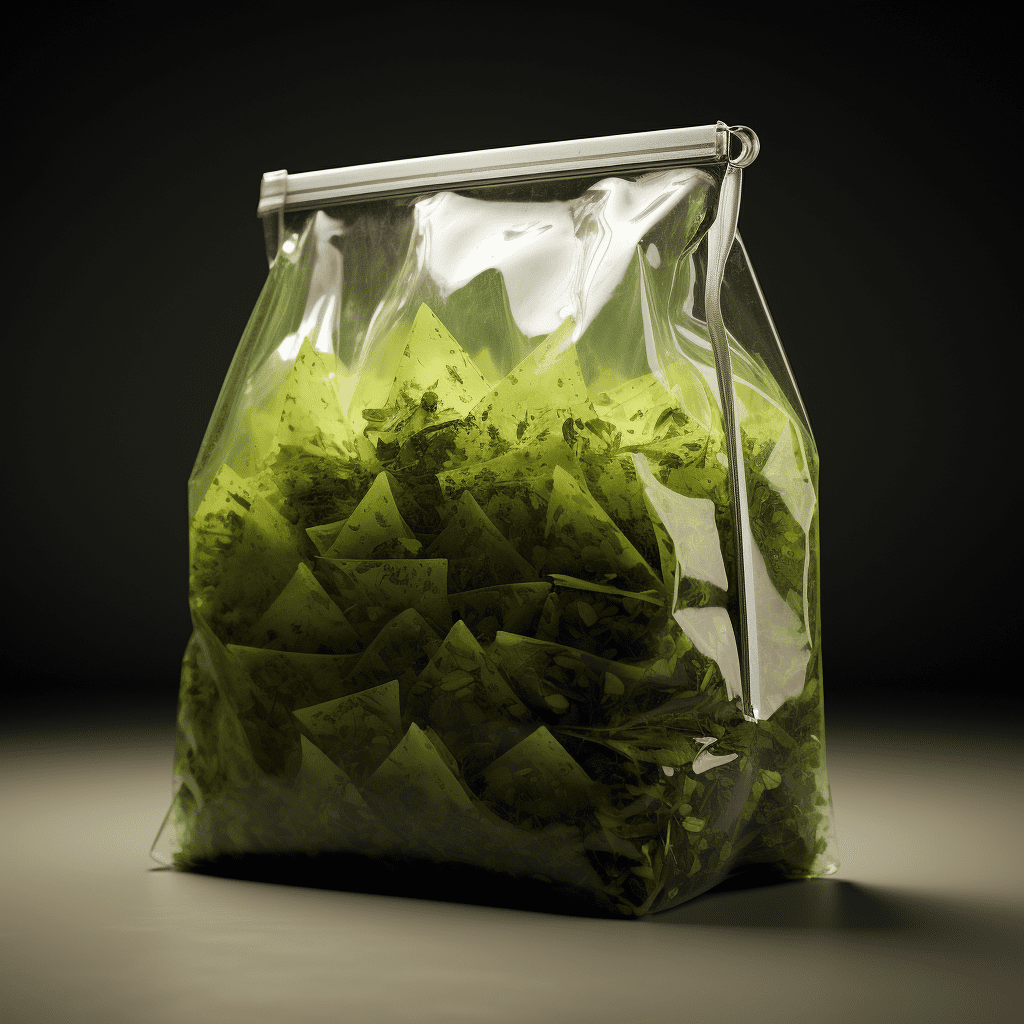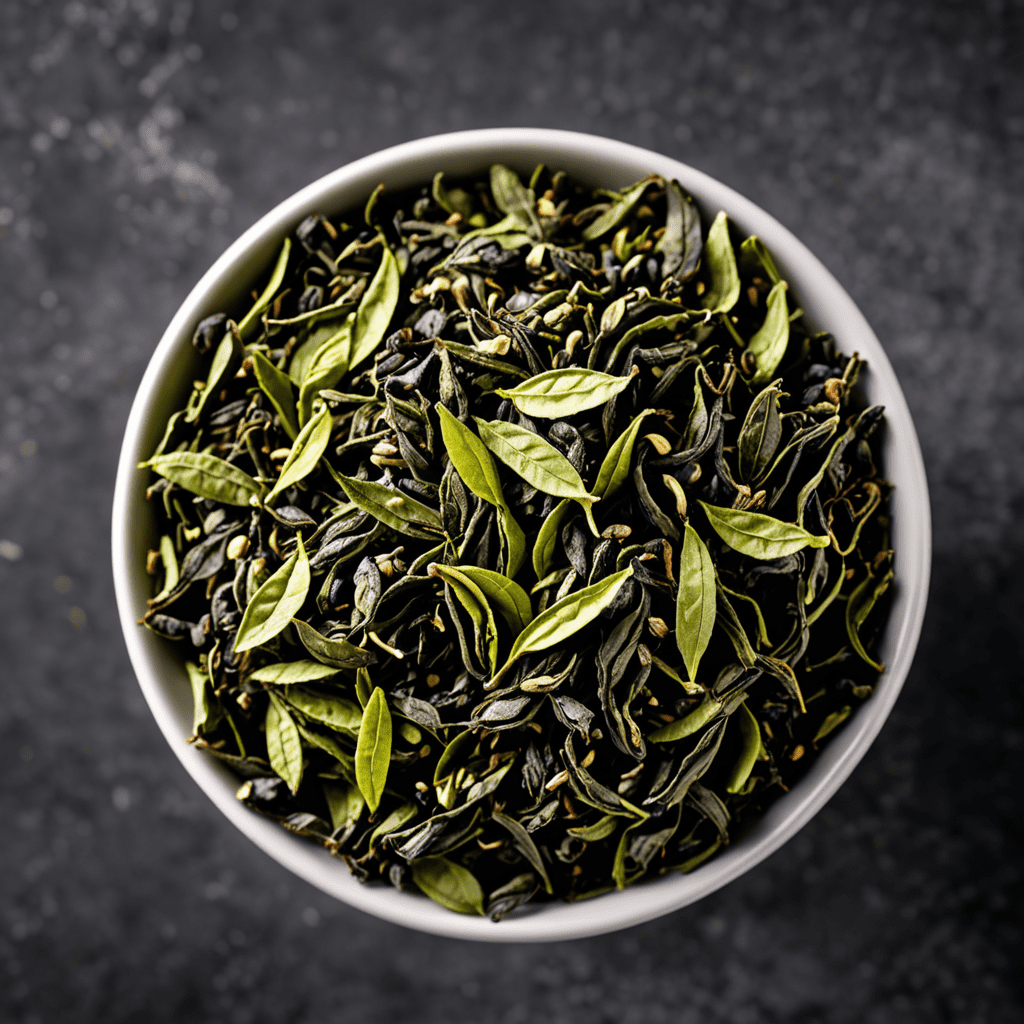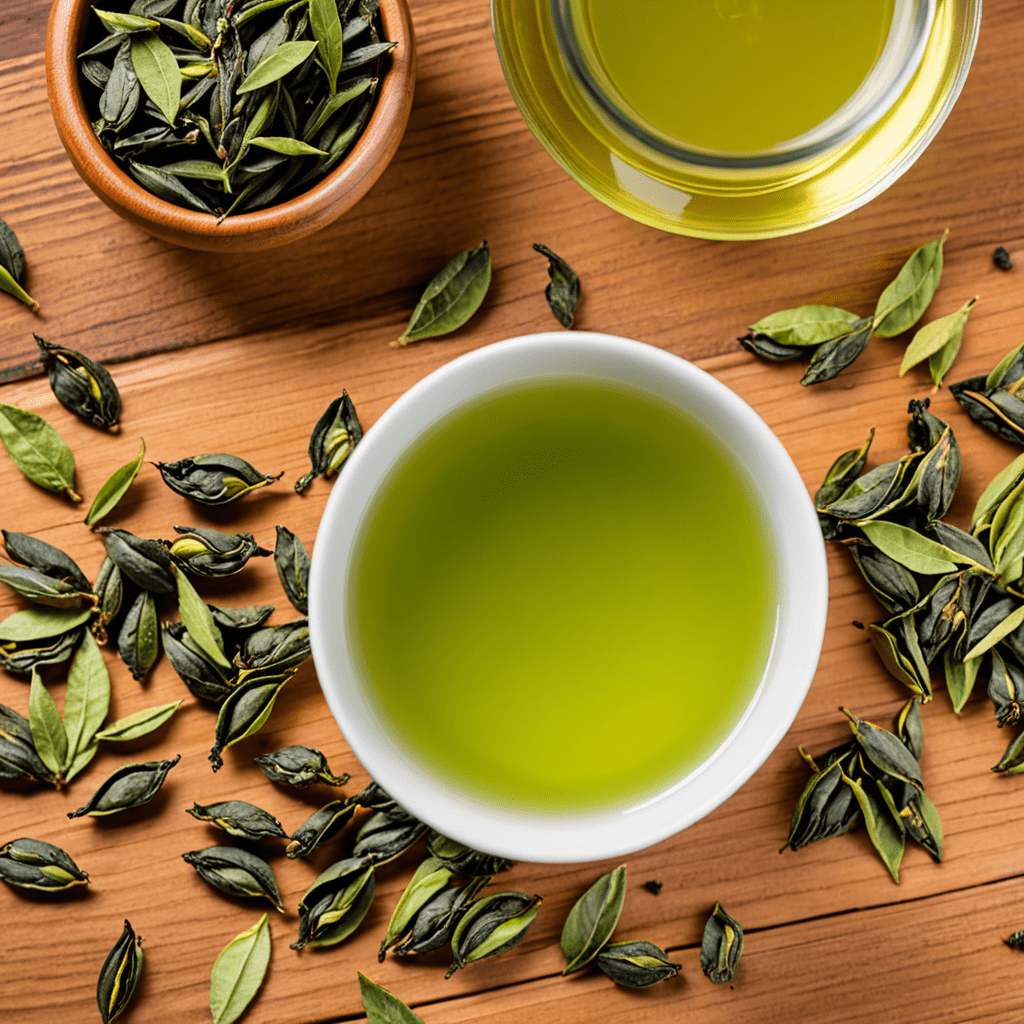Why Does Black Tea Have More Caffeine Than Green Tea?
Caffeine is a natural stimulant that is found in various beverages, including tea. Different types of tea can vary in their caffeine content, with black tea generally containing more caffeine than green tea. In this blog post, we will explore the reasons behind this difference and provide valuable insights into the caffeine content of these two popular tea varieties.
Understanding Caffeine in Tea
To understand why black tea tends to have more caffeine than green tea, it is important to first grasp the basics of caffeine in tea. Caffeine is a naturally occurring compound known as a methylxanthine. In tea plants (Camellia sinensis), caffeine acts as a natural defense mechanism against insects, helping to discourage them from consuming the leaves. When we steep tea leaves in hot water to brew our favorite beverage, the caffeine is extracted from the leaves and ends up in our cup.
Variations in Caffeine Content
Although both black and green tea come from the same tea plant, they undergo different processes after being harvested, resulting in variations in their caffeine content. The primary factor behind the higher caffeine content in black tea lies in its preparation and production methods.
Difference in Processing Methods
The key difference between black and green tea lies in the processing methods they undergo. While both types of tea undergo withering, rolling, and oxidation, black tea is subjected to a more extensive oxidation process compared to green tea.
1. Withering:
Withering is the initial step in tea processing, where the tea leaves are laid out to lose moisture. In black tea production, withering is usually longer and more rigorous than in green tea production. This extended withering period allows the leaves to lose more water content, thereby concentrating the caffeine within the leaves.
2. Oxidation:
During oxidation, enzymes present in the tea leaves react with oxygen, leading to chemical changes in the leaves. In the case of black tea, the oxidation process is allowed to proceed until the leaves turn completely black. On the other hand, green tea is only minimally oxidized, resulting in its characteristic green color.
The oxidation process in black tea plays a crucial role in the breakdown of complex compounds, such as chlorophyll and catechins, and the conversion of these compounds into simpler components, including caffeine. As a result, black tea has a higher caffeine content.
Other Factors Affecting Caffeine Content
While processing methods have a significant impact on the caffeine content of tea, several other factors can also influence the final caffeine levels in black and green tea:
1. Tea Leaf Quality:
The quality of the tea leaves used can affect caffeine content. Young tea leaves generally have higher caffeine levels compared to more mature leaves. Finer grades of tea, such as tea buds or tips, are often used to produce black tea, contributing to its higher caffeine content.
2. Brewing Variables:
The way we brew our tea can also influence caffeine content. Factors such as water temperature, steeping time, and the amount of tea leaves used can impact the extraction of caffeine. Generally, using hotter water and longer steeping times can result in higher caffeine levels in the brewed tea.
3. Cultivar and Growing Conditions:
The tea plant variety (cultivar) and the environmental conditions in which it is grown can influence the caffeine content. Different tea plant varieties may naturally have varying caffeine levels. Additionally, factors such as soil composition, altitude, and climate can impact the caffeine content of tea leaves.
Frequently Asked Questions (FAQ)
Q1. Does the caffeine content of tea decrease with multiple infusions?
A1. Yes, the caffeine content in tea decreases with subsequent infusions. After the first infusion, a significant portion of the caffeine is already extracted. Subsequent infusions will have diminishing caffeine content.
Q2. Are there any caffeine-free alternatives to black and green tea?
A2. Yes, there are herbal teas, such as chamomile, peppermint, or rooibos, which do not contain caffeine. These can be great alternatives if you prefer to avoid caffeine.
Q3. Is black tea the most caffeinated tea?
A3. While black tea generally has higher caffeine content compared to green tea, there are other types of tea that can contain even higher levels of caffeine, such as matcha or oolong tea.
Q4. How does caffeine affect our bodies?
A4. Caffeine acts as a stimulant on the central nervous system, promoting alertness and reducing fatigue. However, excessive caffeine consumption can lead to side effects such as insomnia, increased heart rate, and digestive issues.
Q5. Is it safe to consume black tea or green tea while pregnant or breastfeeding?
A5. It is generally advised to limit caffeine intake during pregnancy and breastfeeding. Both black and green tea contain caffeine, so it is essential to moderate consumption and consult with a healthcare professional for personalized advice.
Q6. Can decaffeinated versions of black and green tea be an alternative?
A6. Yes, decaffeinated versions of black and green tea are available. These teas undergo a process to remove most of the caffeine content while preserving the flavor. However, it is important to note that decaffeinated teas still contain a small amount of caffeine, although significantly less compared to their regular counterparts.
In conclusion, the higher caffeine content in black tea compared to green tea can be attributed to the differences in processing methods, specifically the extent of oxidation. Understanding these factors can help tea enthusiasts choose the tea variety that aligns with their preferences and caffeine tolerance. So go ahead, brew a cup of your favorite tea, and savor the flavors and benefits it brings.



